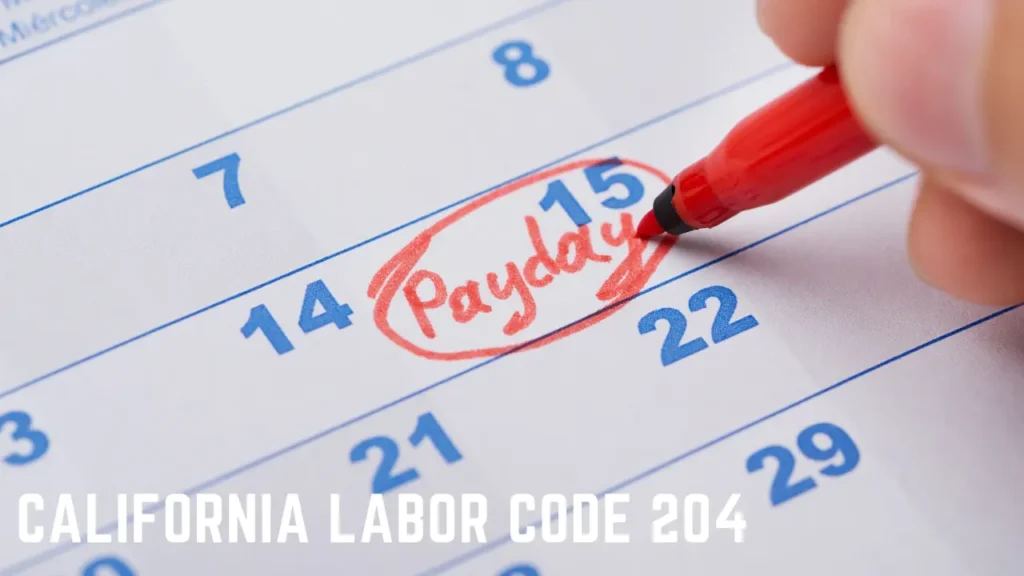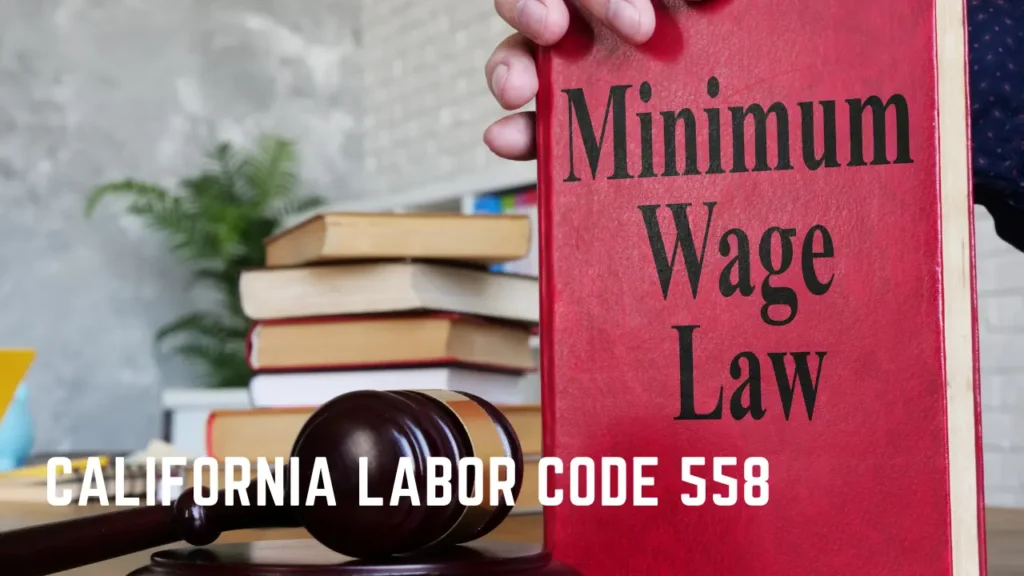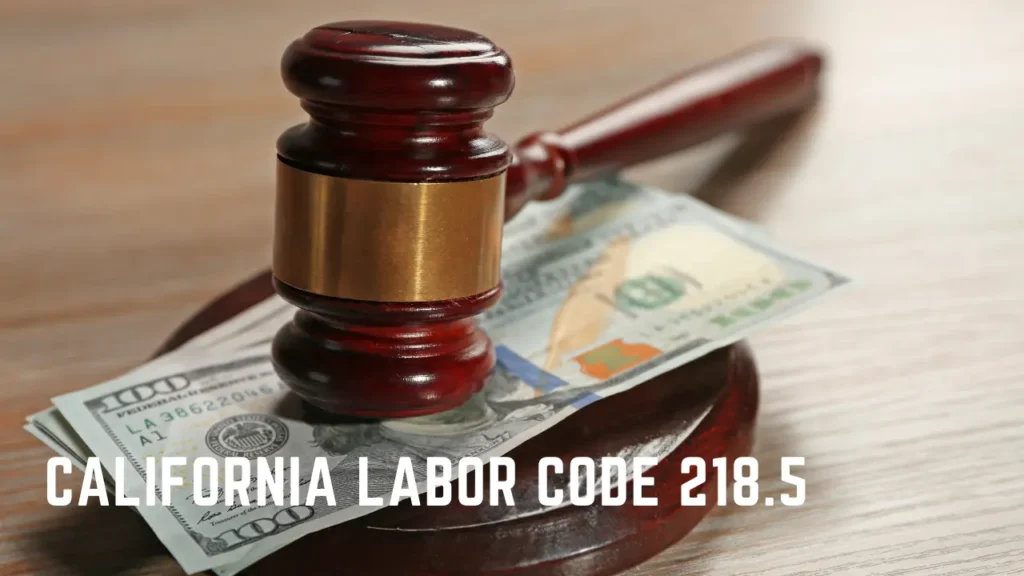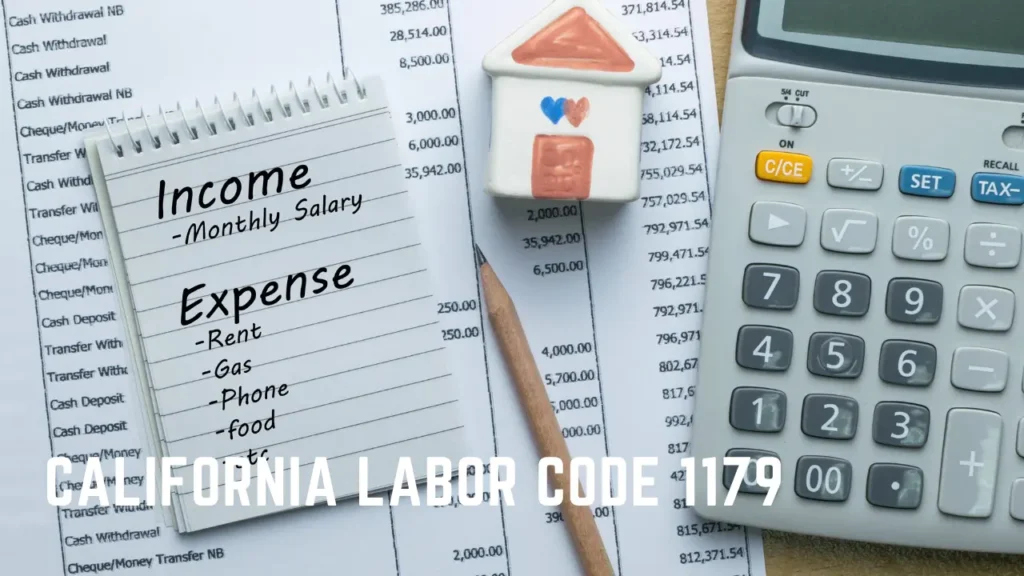Table of Contents
ToggleWhat is wrongful termination?
Wrongful termination refers to a situation in which an employee is fired or laid off in violation of federal, state, or local laws, or in breach of an employment contract. In general, employment in the United States is considered “at-will,” meaning that either the employer or the employee may terminate the relationship at any time and for any reason, except for those that are illegal. There are many federal, state, and local laws that prohibit employers from firing employees based on discriminatory reasons, such as race, gender, age, religion, or national origin. Additionally, if an employee has an employment contract that specifies certain terms and conditions of their employment, the employer cannot terminate the employee in breach of those terms unless there is a just cause.
Wrongful termination can have serious consequences for both the employer and the employee. For the employee, losing their job can lead to a loss of income, benefits, and future job opportunities, and can cause significant stress and financial hardship. For the employer, a wrongful termination lawsuit can result in costly litigation, damage to their reputation, and the possibility of monetary damages being awarded to the employee. If you believe that you have been wrongfully terminated, it is important to speak with an experienced employment attorney who can help you understand your rights and options.
How many types of Wrongful termination are available?
There are several types of wrongful termination, including:
- Discriminatory termination – based on race, gender, age, religion, or national origin, for example firing an employee due to their religion.
- Retaliation – firing an employee for engaging in protected activities, such as complaining about harassment or discrimination, for example firing an employee who reported sexual harassment in the workplace.
- Breach of contract – termination in violation of an employment contract or company policy, for example, firing an employee before their contract is up without a valid reason.
- Whistleblower retaliation – firing an employee for reporting illegal or unethical conduct by the employer, for example firing an employee who reported the company was breaking environmental laws.
- Constructive discharge – forcing an employee to quit by creating an intolerable work environment, for example subjecting an employee to excessive overtime or requiring them to perform illegal or unethical tasks.
- Public policy violation – firing an employee for exercising a legal right, such as taking time off for jury duty, for example firing an employee who took time off to vote in an election.
Each type of wrongful termination has different legal implications, and it is important to understand the specific circumstances of your case in order to determine if you have a valid claim.
What to do about wrongful termination?
If an employee believes they have been wrongfully terminated, they have various options to seek recourse. This is because both state and federal laws, as well as individual company policies, provide protection against wrongful termination. The employee can take advantage of these protections to assert their rights and seek a remedy.
If you believe you have been wrongfully terminated, you can take the following steps:
- Gather evidence: Collect any relevant documents, such as emails, performance reviews, and company policies that support your case.
- Consult an attorney: An experienced employment attorney can help you understand your rights and options and can assist you in filing a lawsuit if necessary.
- File a complaint with government agencies: Depending on the circumstances, you may be able to file a complaint with government agencies such as the Equal Employment Opportunity Commission (EEOC) or your state’s labor department.
- Negotiate a settlement: If you have a strong case, your attorney may be able to negotiate a settlement with your former employer that includes compensation for lost wages and benefits.
- Consider alternative dispute resolution: Mediation or arbitration may be a more cost-effective and efficient way to resolve the dispute, rather than going to court.
It is important to act quickly if you believe you have been wrongfully terminated, as there are often strict time limits for filing a complaint or a lawsuit.
When to contact an attorney after wrongful termination?
An employee should consider contacting an attorney after wrongful termination if:
- They believe their termination was based on discrimination, retaliation, or violation of an employment contract.
- They have tried to resolve the issue with their former employer, but have not been able to reach a satisfactory resolution.
- They are unsure of their legal rights or the steps they need to take in order to protect those rights.
- They have received a legal claim or notice from their former employer or a government agency.
- They believe their former employer may have acted illegally or violated their rights in the termination process.
An attorney with experience in employment law can help the employee understand their rights and options and can provide guidance on the best course of action for their specific situation. Additionally, an attorney can assist with negotiating a settlement or representing the employee in court if necessary.
















